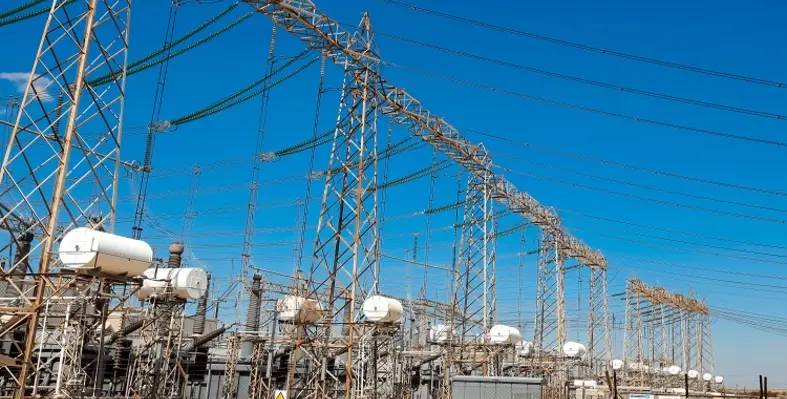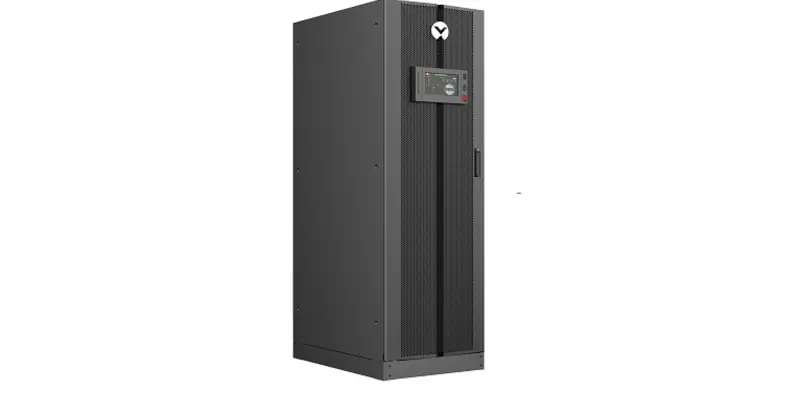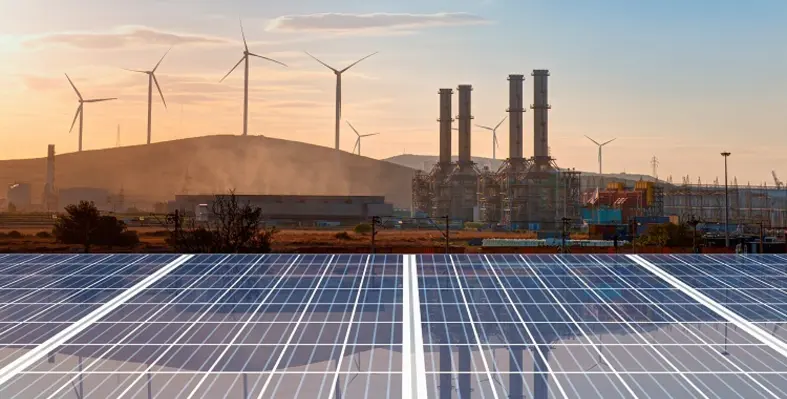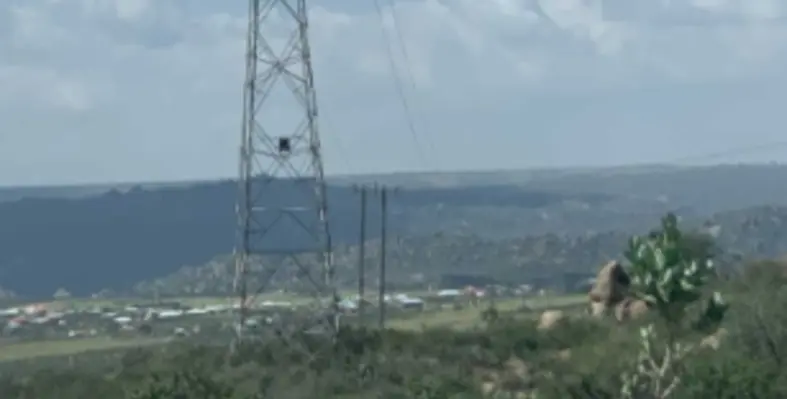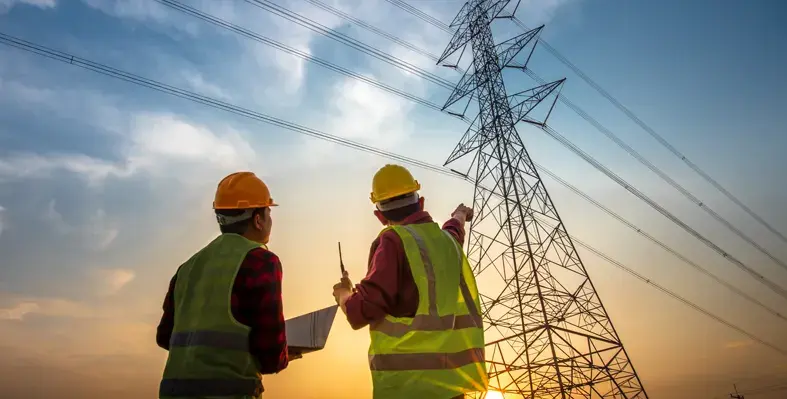
The ‘Mission 300’ initiative marks partnership between the African Development Bank, the World Bank Group, and global allies. (Image source: Adobe Stock)
Dar es Salaam hosts Africa Heads of State Energy Summit, launching Mission 300 to electrify 300 million Africans by 2030 through global partnerships
In a continent where millions still live without electricity, a revolutionary initiative is set to ignite hope. Next week, leaders from Africa and beyond will convene in Dar es Salaam, Tanzania, for the inaugural Africa Heads of State Energy Summit. The two-day gathering on January 27-28 will mark the launch of "Mission 300" (M300), an ambitious project aimed at connecting 300 million Africans to electricity by 2030.
A joint effort by the African Development Bank (AfDB) and the World Bank Group, alongside global partners, M300 seeks to address Africa’s energy deficit using innovative technologies and financing mechanisms. This initiative comes at a critical time when 600 million Africans—83% of the world’s energy-deprived population—lack access to electricity.
“No economy can grow, industrialise, or be competitive in the dark,” said Dr Akinwumi Adesina, president of the AfDB. “This partnership is a game changer for Africa’s development.” M300, first announced during the 2024 World Bank/IMF Spring Meetings, also enjoys support from the Group of Seven (G7) and the G20.
The summit will host several African and global heads of state, 1,500 participants, and key private sector representatives. Together, they will chart a course toward universal access to affordable, reliable, and sustainable energy.
The first phase of Mission 300 focuses on Chad, Côte d’Ivoire, the Democratic Republic of the Congo, Liberia, Madagascar, Malawi, Mauritania, Niger, Nigeria, Senegal, Tanzania, and Zambia. These nations account for over half the global population without electricity and a quarter of those lacking clean cooking solutions. Other African countries will follow in subsequent phases.
Scaling energy access
Under the M300 initiative, the AfDB aims to deliver 50 million energy connections through its projects and ten-year strategy. Complementing this effort, the World Bank Group has pledged 250 million connections by 2030. Together, these commitments aim to close Africa’s energy gap while transforming lives.
AfDB’s energy portfolio includes flagship projects such as Kenya’s Lake Turkana Wind Power Project, which added 310 megawatts to the national grid, and the Desert to Power (D2P) initiative, which seeks to transform the Sahel into a solar energy hub. Recent successes under D2P include a US$302.9mn loan to co-finance a solar power plant and interconnection project between Mauritania and Mali, benefiting 100,000 households.
The summit will also highlight energy sector achievements, promote collaboration to accelerate infrastructure investments, and strengthen regional power planning and trade. These efforts align with Africa’s Continental Master Plan and the African Single Electricity Market, both of which aim to streamline energy policies and promote cross-border energy sharing.
Collaborative investments
Global partners are already stepping up. The Global Energy Alliance for People and Planet, alongside The Rockefeller Foundation, has pledged US$10mn for technical assistance on electricity projects across 11 African nations. These efforts will address energy needs in diverse locations, from Nigeria’s urban centers to Madagascar’s remote villages.
World Bank group president Ajay Banga emphasised, “We need action from governments, financing from multilateral development banks, and investment from the private sector.”
More than infrastructure
Mission 300 is about more than just building energy infrastructure. For millions of Africans who have never experienced reliable electricity, it represents hope and transformation. The partnerships forged and commitments made in Dar es Salaam will pave the way for an electrification revolution, driving sustainable development and improving lives across the continent.
As leaders and changemakers gather in Tanzania, they will lay the groundwork for a brighter future—one where Africa’s energy aspirations become a reality, and the dream of universal electricity access is no longer out of reach.




